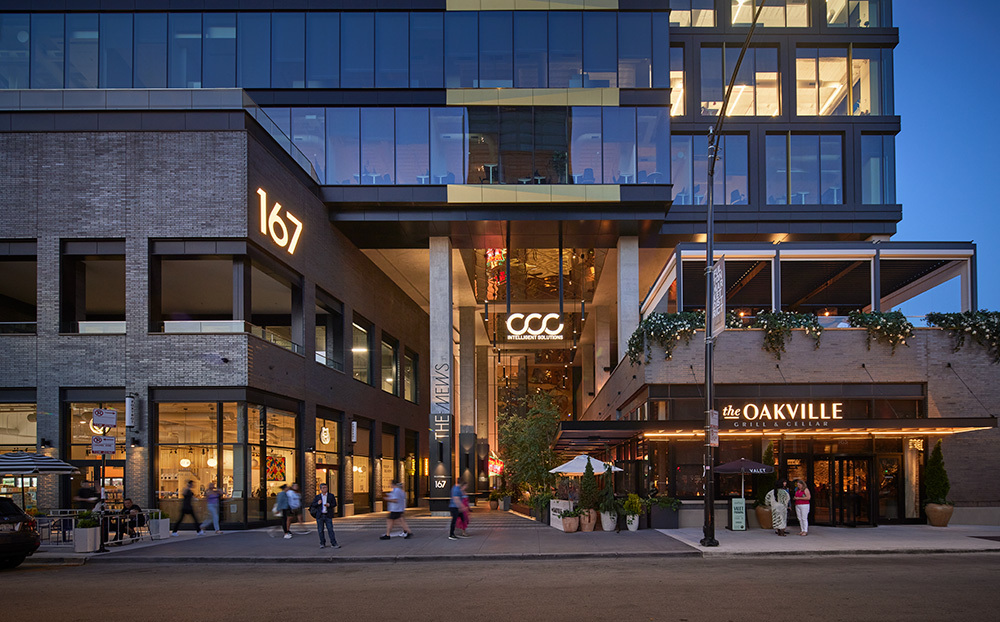Mixed use developments projects that combine residential, retail, office or hospitality areas- have emerged as a popular choice among investors. These projects provide varied sources of income and long term appreciation. But traditional banks tend to be reluctant to fund them either because it is perceived to be risky or complex. And that is where hard money loans come in.
In case you are thinking of this kind of financing, it is important to learn the hard money loan rates. Rates also have a direct impact on the feasibility of projects, returns to investors and repayment schedules.
In this article, we will break down the functionality and effects of these rates, and why they can be suitable in mixed use developments.
What Are Hard Money Loan Rates?
Hard money loan rates refer to the interest charged by lenders when they lend short-term loans that are secured by real estate. In contrast to the conventional mortgages which are highly dependent on the credit background of the borrower, hard money loans are based on the worth and prospects of the house.
In the case of mixed use developments, such loans fill the gap between opportunity and traditional financing, enabling investors to expedite projects that banks might shun.
Hard money loans usually have a low rate of 8-15 percent, which is mainly determined by the market conditions, the risk in the project, and the terms offered by the lenders.
Why Are Hard Money Loan Rates Higher Than Traditional Loans?
The question asked by investors is usually: Why then are the hard money loans rates more than the normal mortgage charges? Risk and flexibility is the answer.
- Risk Tolerance: Mixed use development is more uncertain because of the combination of property type and tenant markets.
- Speed of Funding: Hard money lenders can typically make sales in days or weeks, versus months when banks are involved.
- Bendable Qualification: Credit checks, income checks and conventional debt to income ratios are of lesser importance.
Such convenience and exposure to risks is worth the increased rates, and it also enables the investor to respond to opportunities that they might have otherwise passed.
Key Factors That Influence Hard Money Loan Rates
The rate at which an investor will pay depends on a number of variables:
- Loan-to-Value (LTV) Ratio: The rates charged by lenders on hard money loans are determined by the value of property. Reduced LTV ratios tend to lead to favourable terms.
- Location of property and Market Strength: More favorable hard money loan rates can be obtained in stronger real estate markets with a steady demand.
- Borrower Experience: Those investors who have a proven record in the development of real estate can be guaranteed lower rates.
- Project Complexity: A simple renovation will probably have better hard money loan rates than a ground-up mixed use project with multiple phases.
- Loan Term Length: Smaller duration can save the total expenses, whereas longer term is usually associated with a bit higher rates.
Average Hard Money Loan Rates for Mixed Use Developments
Although these numbers are not precise, investors can anticipate:
- Standard range: 8%–15% interest.
- Origination charges (points): 1-4 percent of the loan.
- Terms: 6 months to 3 years
The difference in hard money loan rates by 1 percentage point in a mixed use property worth 2 million dollars can already have a serious effect on profitability. This is the reason why you should shop around and know lender policy.
Advantages of Hard Money Loans Despite Higher Rates
These loans have been found to be beneficial to many investors despite the higher hard money loan rates:
- Quick closings: Important in the real estate competitive markets.
- Complex Deals: Banks usually do not like projects with a mixed zoning or unusual tenants.
- Bridge to Permanent Financing: Hard money loans may be used to hold a project until permanent financing is obtained.
- Target Property Value: Asset-based lending enables investors who have poor credit to receive funding anyway.
In order to decide on financing it is very good to examine the Benefits and Risks of Using Hard Money Loans to make a decision about financing your mixed use project.
Strategies to Manage Hard Money Loan Rates
Investors can get ahead of undue costs by doing:
- Negotiate the Terms of the Loans: Shop the lenders and seek competitive bids.
- Enhance Project Plans: Provide thorough, realistic business plans in order to minimize perceived risk.
- Reduced Loan Amount: Invest additional equity in order to decrease the loan-to-value ratio.
- Exit Strategy: Have an effective way to refinance or sell the property at the lowest interest.
Why Choose LoanLocker for Competitive Hard Money Loan Rates?
When funding mixed use developments, the key factor is to have the correct lending partner rather than the property. LoanLocker offers:
- Economical Hard Money loans rates depending on the size and scope of the project.
- Quick Approvals and Funding so that investors do not miss any great opportunities.
- Scheduling Terms to fit your investment schedule.
- Professional Advice by a group that has knowledge of real estate development and lending.
With LoanLocker, you not only get a lender, but also a partner who will help you to get the most out of an investment you have made.
Final Thoughts
There is high potential in terms of returns through mixed use developments, which vary depending on how it is financed. Knowledge of hard money loan rates assists investors to make better decisions, risk balancing and maximizing profits.
Although the rates might be higher as compared to standard loans, their ease of use and quickness make them a necessary acquisition to a large number of real estate investors.
When you are willing to explore financing your next mixed use project, become a partner with LoanLocker.

